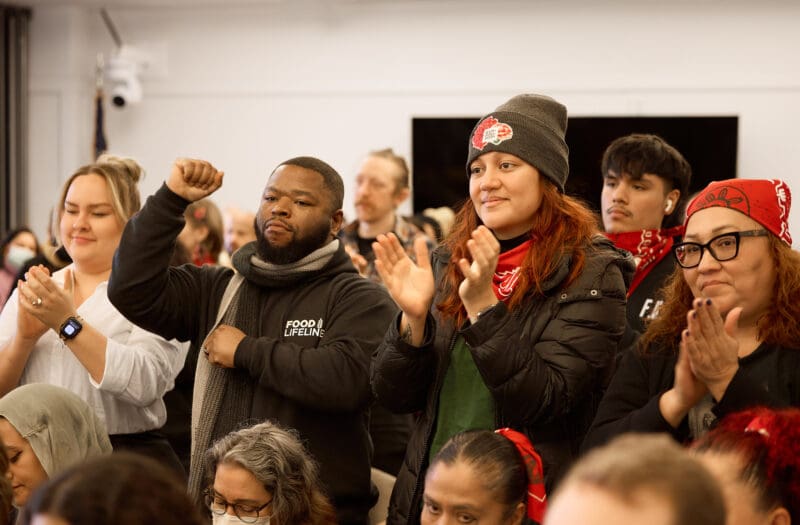Resources | Reports
ELECTORAL REPRESENTATION IN WASHINGTON STATE
Downloads
Report PDF

Distribution of Electoral Power
Washington State’s population has been steadily rising in recent years, driven by rapidly growing Latino and Asian American and Pacific Islander populations. Whether a similar diversification is reflected among the state’s elected officials remains to be seen. We hope this information can support efforts to ensure electoral power is held equitably by different communities for a truly representative government.
Key Findings
- From 2016 to 2024, more than half of all electoral contests in Washington were uncontested, showing the advantage incumbents have once elected.
- Local offices were the most likely to be uncontested, and unchallenged incumbents were disproportionately older, white, and male, compared to their respective constituents.
- Campaign financing was highly predictive of a candidate’s success: older, white, and male candidates received most campaign contributions.
- Women and candidates of color on average receive more money than men and white candidates, suggesting enthusiasm from donors for more diverse candidates.
- In rural areas with majority young and Latino populations—such as Benton, Franklin, and Yakima counties—local elected offices remain overwhelmingly held by older, white candidates.
- In larger population centers, the number of young candidates and candidates of color who have been elected office closely match the overall population.
